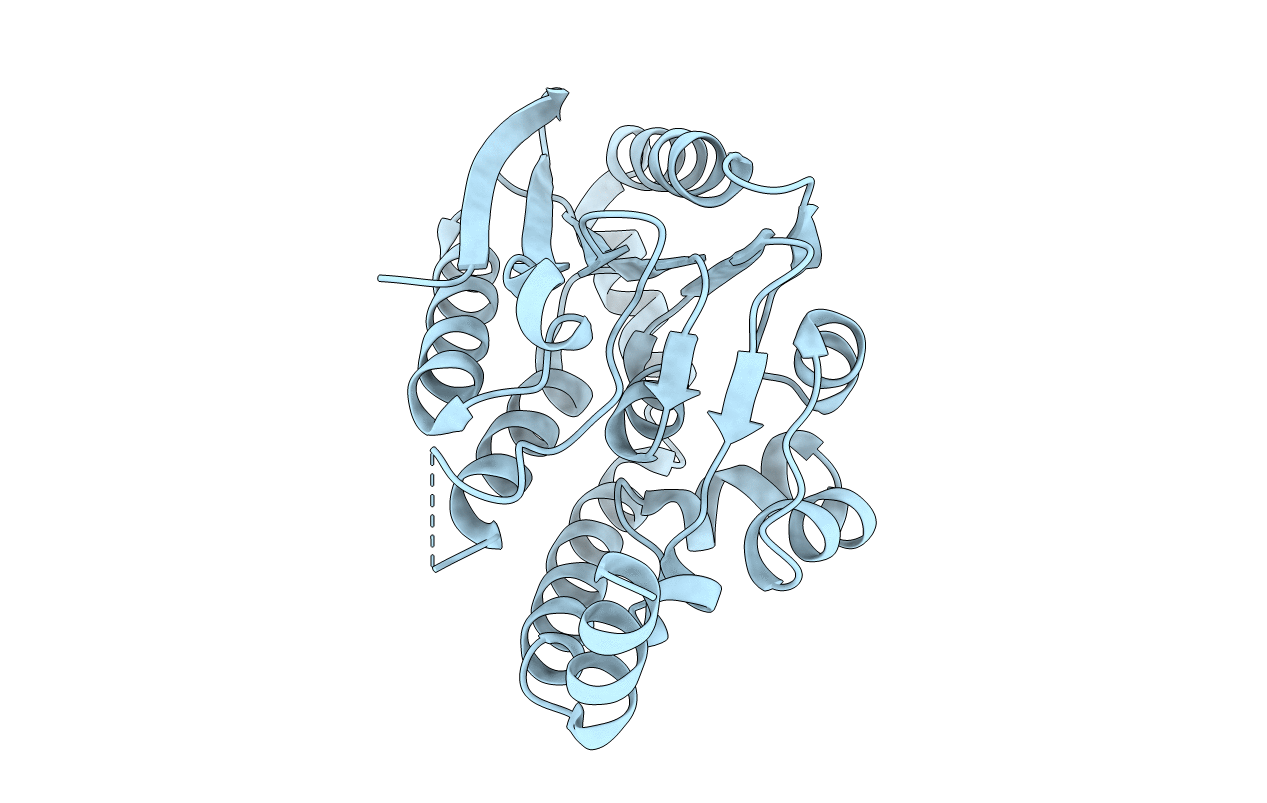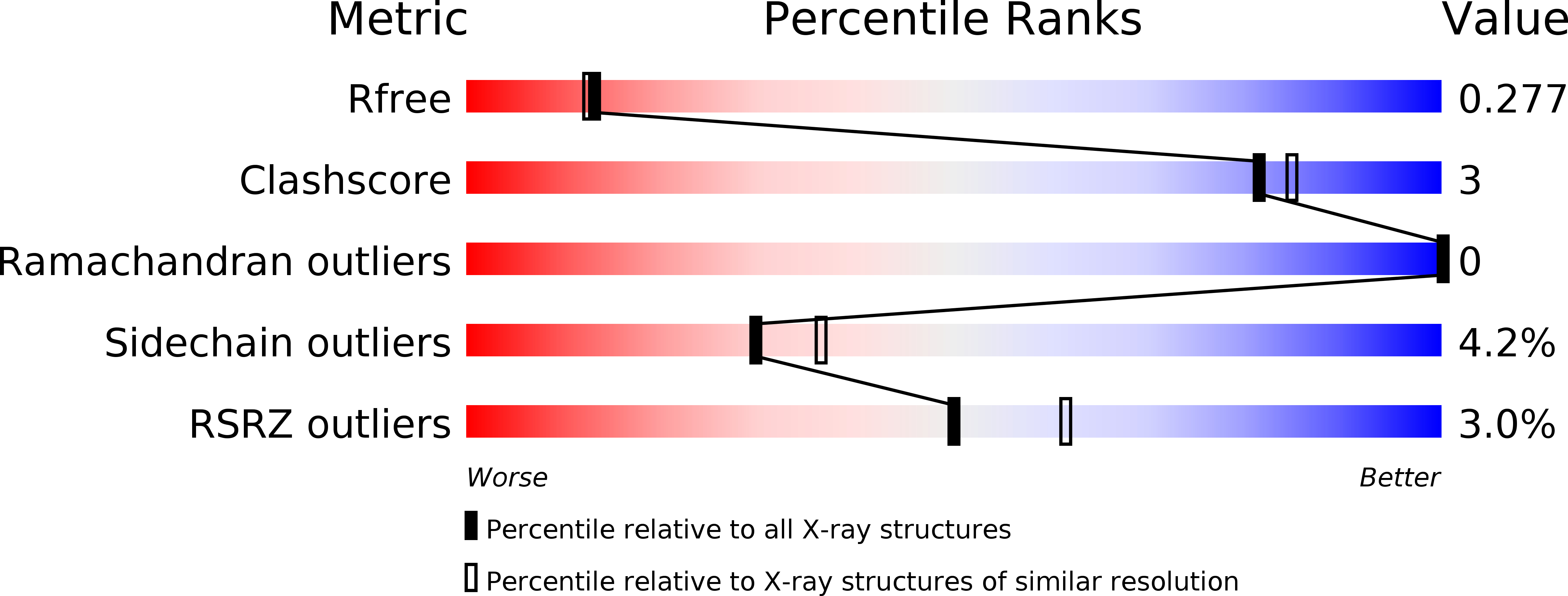
Deposition Date
2020-02-04
Release Date
2020-04-29
Last Version Date
2023-11-29
Entry Detail
Biological Source:
Source Organism:
Bosea sp. PAMC 26642 (Taxon ID: 1792307)
Host Organism:
Method Details:
Experimental Method:
Resolution:
2.36 Å
R-Value Free:
0.27
R-Value Work:
0.21
R-Value Observed:
0.21
Space Group:
I 2 3


